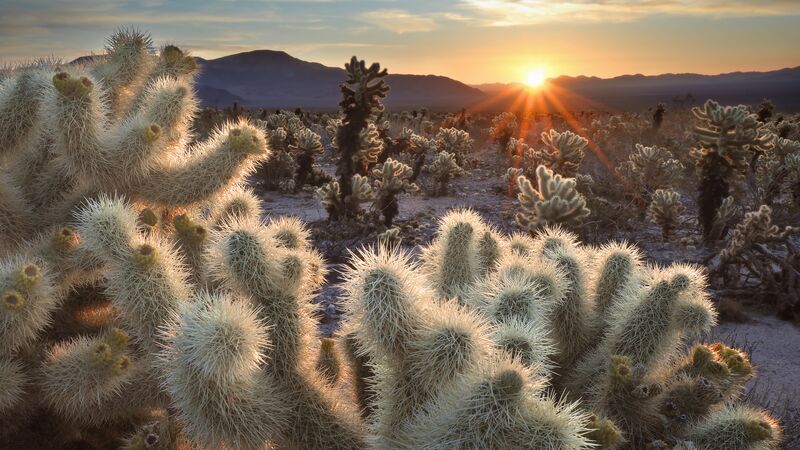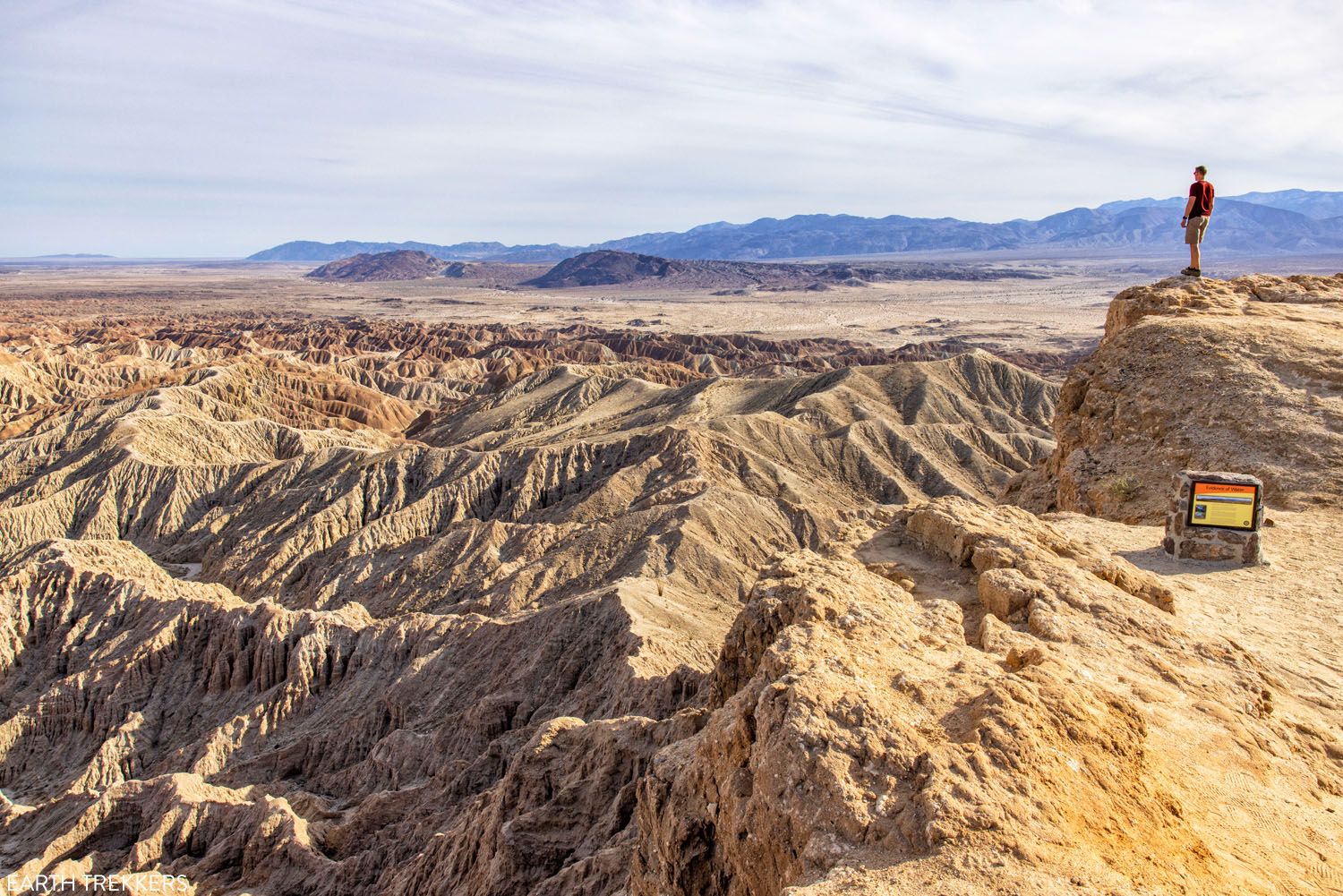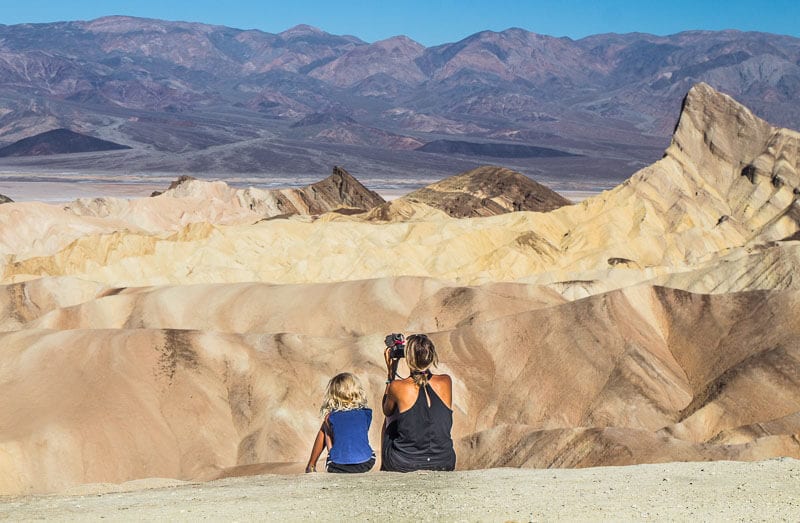Discover the Beauty of California’s Desert Landscape
In the heart of the Southwestern United States lies a captivating region of rugged beauty, a mesmerizing tapestry of sculpted canyons, sprawling sand dunes, and barren yet vibrant plains: the California Desert. This vast arid expanse, covering over 25 million acres, beckons adventurers, nature enthusiasts, and tranquility seekers alike to explore its unique landscapes, encounter its resilient wildlife, and delve into its rich cultural heritage. California’s desert stretches across several counties, including San Bernardino, Imperial, Inyo, and Riverside, each offering its own distinct allure and attractions.
If you’re planning a visit to this breathtaking landscape, read on for some helpful tips and insights to make the most of your California desert travels. From staying cool in the scorching heat to discovering hidden gems, we’ve got you covered.
Embrace the Desert’s Unique Beauty

The California Desert is a land of contrasts, where life thrives amidst the starkness of its barren terrain. Here, towering mountains cast long shadows over sun-baked valleys, and dry riverbeds hint at the occasional flash floods that carve ephemeral masterpieces into the landscape. The desert’s palette is painted with hues of gold, beige, and muted greens, accented by the occasional splash of wildflowers during the rare rainy season. At sunrise and sunset, the desert transforms into a canvas of breathtaking colors. The sky erupts in a symphony of reds, oranges, and purples, casting a surreal glow upon the rugged terrain.
Beat the Heat: Staying Cool in the California Desert
One of the biggest challenges of visiting the California desert is the intense heat. Temperatures can easily soar above 100 degrees Fahrenheit, making it crucial to take precautions to stay cool and hydrated. Here are some tips to beat the heat:
- Drink plenty of water: The dry desert air can quickly dehydrate you, so make sure to drink plenty of water throughout the day. Carry a reusable water bottle with you and refill it at designated water stations or rest stops.
- Plan outdoor activities in the morning or evening: The sun is strongest during the middle of the day, so save your outdoor adventures for early mornings or evenings when temperatures are slightly cooler.
- Wear appropriate clothing: Opt for lightweight, breathable fabrics that will keep you cool and protect you from the sun’s rays. Don’t forget to bring a hat and sunglasses as well.
- Seek shade: When possible, take breaks in shaded areas to give your body a break from the scorching sun.
- Cool off with desert activities: There are many ways to stay cool while enjoying the desert landscape. Consider taking a dip in an oasis or swimming hole, going on a scenic drive with air conditioning, or visiting one of the region’s many water parks.
Desert Safety: Essential Tips for a Safe and Enjoyable Trip
While the California desert is undoubtedly beautiful, it can also be harsh and unforgiving. It’s essential to take necessary precautions to ensure your safety during your visit. Here are some tips:
- Be prepared: Before setting out on any desert excursion, make sure you have enough food, water, and supplies. Let someone know where you’re going and when you plan to return.
- Stay on designated trails: Straying off designated paths can be dangerous and potentially damaging to the fragile desert ecosystem.
- Check weather conditions: Flash floods, high temperatures, and strong winds are all potential hazards in the desert. Make sure to check weather forecasts before heading out and plan accordingly.
- Watch out for wildlife: The desert is home to a variety of wildlife, including rattlesnakes, scorpions, and other potentially dangerous creatures. Keep a safe distance and avoid disturbing them.
- Know your limits: Desert landscapes can be physically challenging, and it’s crucial to know your limits. Don’t push yourself too hard, and listen to your body.
Exploring Desert Landscapes: Hiking, Camping, and More

The California desert is a playground for outdoor enthusiasts, offering endless opportunities for hiking, camping, off-roading, and more. Here are some must-see destinations and activities to add to your itinerary:
National Parks and Monuments
The California Desert is home to several national parks and monuments, each with its unique terrain and natural wonders. Some of the most popular ones include:
- Joshua Tree National Park: Renowned for its otherworldly landscapes and iconic Joshua Trees, this park offers stunning views, excellent hiking opportunities, and campsites.
- Death Valley National Park: The hottest, driest, and lowest national park in the country, Death Valley is a land of extremes with salt flats, sand dunes, and unique geological formations.
- Mojave National Preserve: This massive 1.6 million-acre park boasts rugged mountains, vast sand dunes, and diverse wildlife, including bighorn sheep and desert tortoises.
- Anza-Borrego Desert State Park: As the largest state park in California, Anza-Borrego is a desert lover’s paradise. Visitors can explore slot canyons, discover hidden oases, and stargaze under dark skies.
Off-Roading Adventures
For those seeking an adrenaline rush, the California desert offers plenty of off-roading adventures. Rent an ATV or join a guided tour to explore the rugged terrain and reach remote destinations that would otherwise be inaccessible.
Camping in the Desert
Camping in the desert offers a unique experience, allowing you to immerse yourself in the landscape and witness its transformation from day to night. Most national and state parks offer designated campsites, but for a more secluded experience, consider dispersed camping on BLM land. Just make sure to follow Leave No Trace principles and pack out all trash.
Desert Wildlife Encounters: Spotting and Respecting Local Fauna

The California desert is home to a diverse range of wildlife, from elusive mountain lions to iconic bighorn sheep. While some animals may be more challenging to spot than others, here are some creatures you’re likely to encounter during your visit:
- Desert tortoise: These slow-moving reptiles are considered a threatened species and are protected by law. If you come across one, do not touch or disturb it.
- Bighorn sheep: These majestic animals are often seen grazing on the rocky slopes of the desert mountains.
- Coyotes: The desert’s most common predator, these opportunistic animals have adapted to survive in harsh conditions.
- Rattlesnakes: Keep an eye out for these venomous snakes while hiking or exploring the desert. Remember to give them plenty of space and avoid disturbing them.
It’s essential to respect the desert’s wildlife and refrain from feeding or approaching any animals. Keep a safe distance and observe from afar to ensure both your safety and theirs.
Desert Etiquette: Guidelines for Responsible Desert Travel

As with any natural landscape, it’s crucial to practice responsible travel when visiting the California desert. Here are some guidelines to keep in mind:
- Follow Leave No Trace principles: Pack out all trash, leave natural objects where they are, and minimize your impact on the environment.
- Respect private property: Much of the desert land is privately owned, and it’s essential to respect the rights of landowners.
- Stay on designated trails: Straying off designated paths can damage fragile desert ecosystems and potentially harm wildlife.
- Be mindful of noise pollution: The desert is a tranquil place, and loud noises can disrupt the peace and disturb wildlife.
- Avoid littering or starting fires: The desert is a dry and fragile environment, and littering or starting fires can have severe consequences.
Desert Photography Tips: Capturing the Essence of the Arid Landscapes

The California desert offers endless opportunities for stunning photographs. Here are some tips to help you capture the essence of this unique landscape:
- Take advantage of the early morning and late afternoon light: The soft light during these times creates a magical atmosphere in the desert.
- Experiment with different angles and perspectives: The desert’s dramatic landscapes offer endless opportunities for creative shots.
- Don’t be afraid to step into your photos: Including a human element in your photos adds scale and interest to the composition.
- Use a polarizing filter to enhance colors and reduce glare: This type of filter is especially useful for photographing sand dunes.
- Protect your gear: The desert can be harsh on camera equipment, so make sure to protect it from dust, sand, and extreme temperatures.
Hidden Gems of the California Desert: Discovering Unique and Secluded Spots

While the national and state parks are undoubtedly breathtaking, there are also plenty of hidden gems to discover in the California desert. Here are some lesser-known spots worth adding to your itinerary:
- Salvation Mountain: Located in Imperial County, this colorful and eclectic art installation is a must-visit for anyone exploring the Salton Sea area.
- Alabama Hills: These unique rock formations in the Eastern Sierra are a popular filming location for many Hollywood movies and offer excellent hiking and camping opportunities.
- Trona Pinnacles: A surreal landscape of towering tufa spires, this site has been featured in numerous films, TV shows, and music videos.
- Amboy Crater: This extinct cinder cone volcano is located along the iconic Route 66 and offers a short but rewarding hike to its rim.
Desert Cultural Heritage: Unveiling the Rich History and Traditions of the Region

While the California desert may seem desolate and barren, it has a rich cultural heritage that dates back thousands of years. From Native American petroglyphs to old mining towns and ghost towns, there’s much to discover about the region’s history and traditions. Some notable places to explore include:
- Anza-Borrego Desert State Park: This park is home to several well-preserved Native American rock art sites.
- Calico Ghost Town: Located in San Bernardino County, this ghost town offers a glimpse into life during the California Gold Rush era.
- Route 66 Museum: Learn about the iconic highway and its impact on the development of the western United States at this museum in Barstow.
Desert Conservation Efforts: Supporting Initiatives to Protect and Preserve the Desert Ecosystem
The California desert is a fragile ecosystem, and it’s crucial to support conservation efforts to ensure its preservation for future generations. Here are some organizations working towards protecting and preserving the desert:
- Mojave Desert Land Trust: This organization acquires land to protect it from development and restore damaged habitats.
- The Wildlands Conservancy: This non-profit organization manages several nature preserves throughout the California desert, providing opportunities for visitors to explore and learn about the region’s unique ecosystems.
- Friends of Joshua Tree: Dedicated to preserving and enhancing Joshua Tree National Park, this non-profit organization organizes volunteer projects and educational programs.
Video
Conclusion
From its otherworldly landscapes to its diverse wildlife and rich cultural heritage, the California desert is a truly unique destination. As with any natural landscape, it’s essential to practice responsible travel and take necessary precautions to stay safe while exploring this arid wilderness. With these tips and insights, you’ll be well-equipped to embark on an unforgettable journey through one of America’s most captivating regions. So pack your bags, hit the road, and embrace the beauty of the California Desert.




